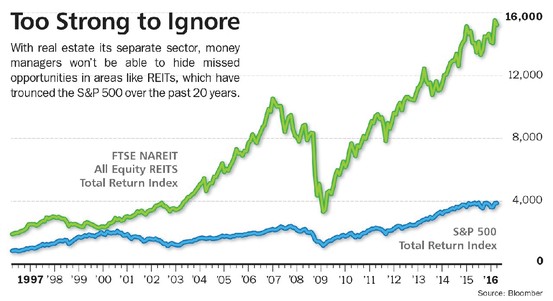
The problem is that those returns are inherently flawed, because they’re based on an overly optimistic era for bonds. Historical results are run of the mill backtests based on actual asset class returns. We show backtests in two flavors: historical results and “currentized” results. That can be a bitter pill for investors who expect high returns with little risk to swallow, but pretty backtests don’t put food in our bellies actual, real-world performance does. The portfolios we create are built for the market as it stands today.

Most buy and hold analysis assumes that history will repeat itself precisely. It’s important to note that our results are almost always less optimistic (or what we’d characterize as “more realistic”) than you’ll find elsewhere. Every investor’s tolerance for risk is unique. Do I (a) accept those lower returns as the price of my averseness to risk, or do I (b) reevaluate my tolerance for risk by accepting a portfolio with higher expected max loss? There isn’t a one-size-fits-all answer. In that situation, an investor has to face a hard choice. As a result, investors often discover that they’re more risk-averse than they previously thought, resulting in portfolios with lower expectations for return than they hoped for. We define risk in terms that investors can understand (max loss), not vague terms like “conservative/balanced/aggressive”. There are no magic tricks in investing, and an investor cannot expect aggressive returns without taking on commensurate levels of risk.

Generally speaking, return is tied to risk. My portfolio is too conservative, has too much cash, etc. We believe it gives the investor a more realistic view of portfolio risk, and creates an asset allocation that more closely aligns with their actual risk tolerance.

Our Portfolio Builder uses this “uncle point” to create the investor’s custom portfolio. These types of hard numbers are more tangible and easier for investors to understand. That uncle point might be 10% in a year, or 0% (any loss) over 5 years. What investors do understand is their “uncle point”, or the degree of loss that would cause them to abandon their investment plan. Most investors don’t really understand what they mean, or what level of risk they’re best suited for. The problem is that these are imprecise terms. All things being equal, more aggressive portfolios tend to achieve higher returns over the long term, but often require investors to endure larger losses and volatility in the short-term. Consider buying a mutual fund or ETF that invests in REITs, and leave the research and buying to the pros.Going beyond conservative/balanced/aggressive portfolios:įinancial professionals use terms like “conservative, balanced or aggressive” to identify the portfolio that best matches investors’ unique tolerance for risk.Only invest in REITs with great properties and tenants. Look for companies that have been around for a while or at least possess a management team with loads of experience. Simply take the dividend per share and divide it by the FFO per share.

This is defined as net income less the sale of any property in a given year and depreciation. Thus, instead of using the payout ratio used by dividend investors to assess a REIT, look at its funds from operations (FFOs) instead. Depreciation tends to overstate an investment's decline in property value.You get the diversification real estate provides without being locked in long-term. Unlike traditional real estate, many REITs are traded on stock exchanges.Look for companies that have done a good job historically at providing both. They provide high dividend yields along with moderate long-term capital appreciation. REITs are true total-return investments.


 0 kommentar(er)
0 kommentar(er)
